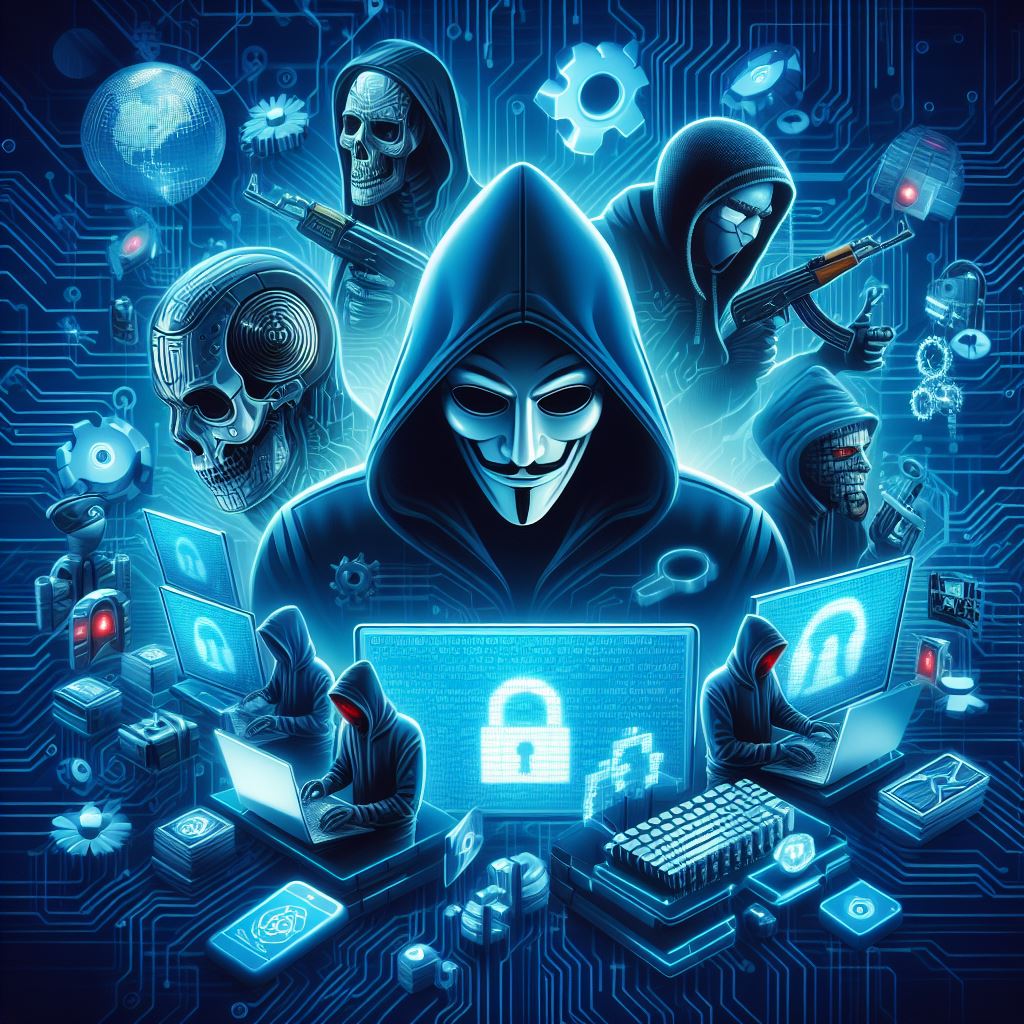Cybersecurity is a constantly evolving field that requires us to stay alert and informed of the latest threats and challenges. In this blog post, we will discuss some of the most recent and relevant cybersecurity threats from advanced persistent threat (APT) groups and other malicious actors that we need to be vigilant for.

APTs are sophisticated and well-resourced cyberattackers that target specific organizations or sectors for espionage, sabotage, or theft. They often use stealthy and customized techniques to evade detection and maintain persistence in compromised networks. Some of the most notorious APT groups include APT28 (also known as Fancy Bear or Strontium), APT29 (also known as Cozy Bear or The Dukes), APT41 (also known as Barium or Wicked Panda), and APT50 (also known as Bronze Firefly or Codoso).
Some of the recent activities of these APT groups
APT28
This group is widely believed to be linked to the Russian military intelligence agency GRU and has been involved in several high-profile cyberattacks, such as the 2016 US presidential election interference, the 2017 NotPetya ransomware attack, and the 2018 Pyeongchang Winter Olympics hack. In 2020, APT28 was also implicated in a series of cyberattacks against COVID-19 vaccine research and development organizations in the US, UK, and Canada.
APT29
This group is also suspected to be affiliated with the Russian government and has been active since at least 2008. It specializes in stealthy and sophisticated cyberespionage campaigns, often using novel malware and zero-day exploits. In 2020, APT29 was accused of being behind the SolarWinds supply chain attack, which compromised the networks of several US government agencies and private companies.
APT41
This group is a hybrid threat actor that conducts both state-sponsored and financially motivated cyberattacks. It is believed to be based in China and has targeted a wide range of sectors, including healthcare, gaming, telecom, media, education, and software. In 2020, APT41 was indicted by the US Department of Justice for hacking into hundreds of organizations around the world and stealing intellectual property, personal data, and cryptocurrency.
APT50
This group is also attributed to China and has been active since at least 2015. It focuses on cyberespionage against defense, aerospace, energy, and maritime industries in Asia and Europe. It uses a variety of malware tools, such as PlugX, Poison Ivy, QuasarRAT, and ZxShell, to gain access and exfiltrate data from targeted systems.
These are just some examples of the current cybersecurity threats from APTs and other threat actors that we need to be aware of and prepared for.
What are zero-day exploits?
A zero-day exploit is a type of cyberattack that takes advantage of a security vulnerability that is unknown to the software vendor or developer. The term “zero-day” means that the vendor has no time to fix the flaw before it is exploited by malicious actors. Zero-day exploits can compromise the data and privacy of users or organizations that use the affected software, hardware or firmware. Zero-day exploits are often delivered through malicious websites, email attachments or common file types. To prevent zero-day attacks, users should use antivirus software, firewalls, and update their applications regularly.
Protecting Ourselves from APT Groups
To protect ourselves from these threats, we need to adopt a proactive and comprehensive approach that includes:
- Keeping our systems updated with the latest patches and security software.
- Implementing strong authentication and encryption mechanisms.
- Educating ourselves and our employees on how to recognize and avoid phishing emails and other social engineering tactics.
- Monitoring our network activity and logs for any signs of compromise or anomaly.
- Reporting any suspicious incidents or breaches to the relevant authorities.
Cybersecurity is not a one-time effort but a continuous process that requires constant vigilance and adaptation. By staying informed of the latest threats and best practices, we can reduce our risk exposure and enhance our resilience in the face of cyberattacks.
References
C, B. (2023, November 7). Unmasking the Shadows: A Deep Dive into Anti-Cloaking Techniques for Phishing Prevention. Medium. https://medium.com/@balasubramanya.c/unmasking-the-shadows-a-deep-dive-into-anti-cloaking-techniques-for-phishing-prevention-7267b7751366
Ikezuruora, C. (2024, January 15). Unmasking the Shadows: Navigating Data Breaches – A Deep Dive Into the Dark Web. PrivacyEnd. https://www.privacyend.com/data-breaches-dark-web/


